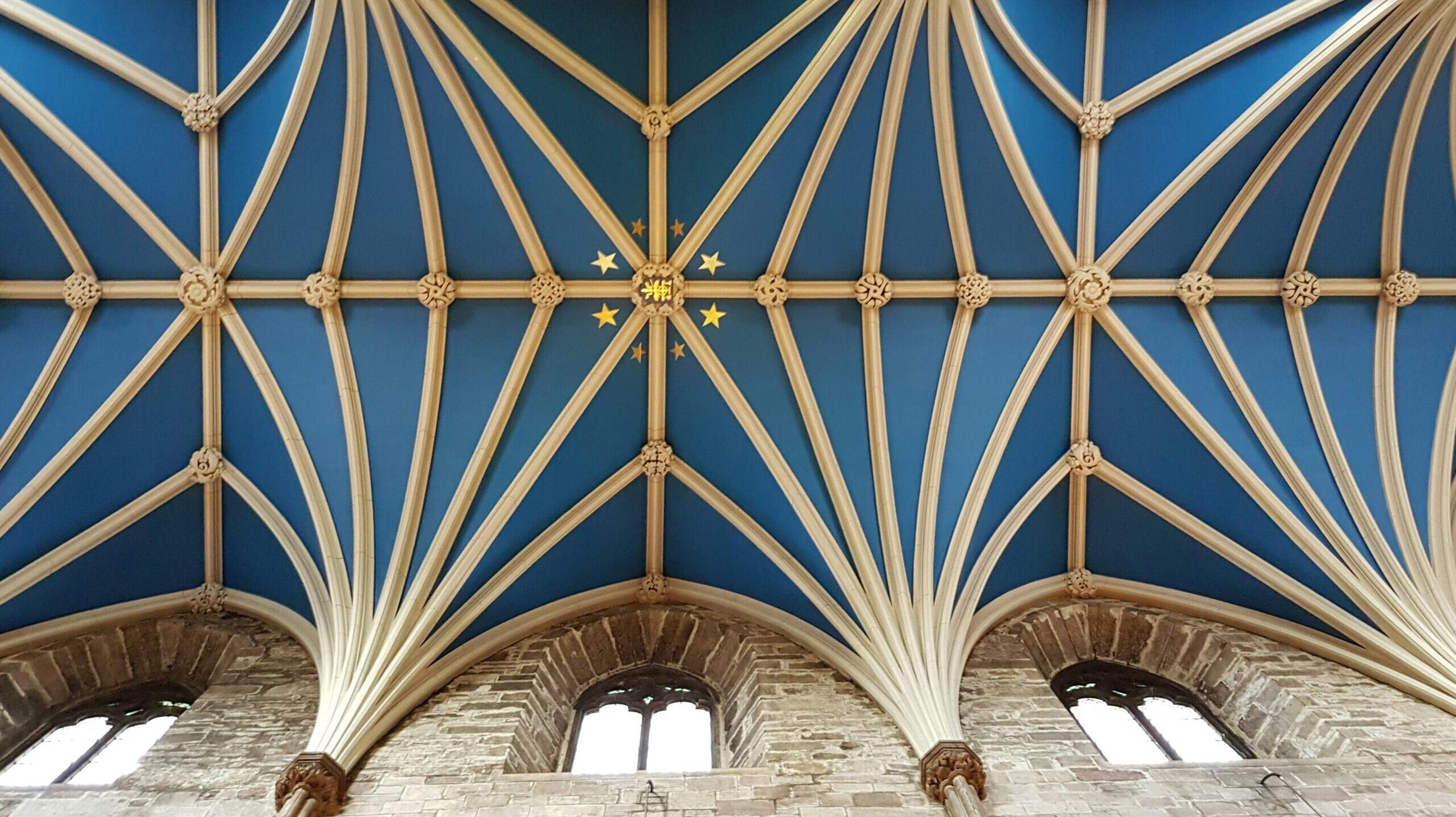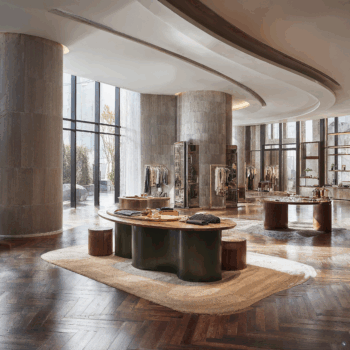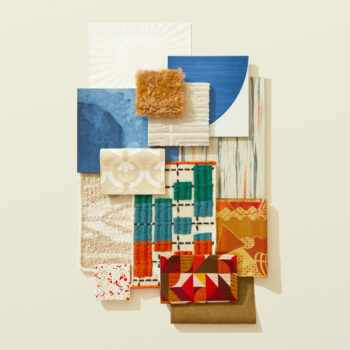
The lasting influence of iconic ceilings.
Michelangelo’s transportive frescoes are not simply masterpieces of Renaissance art; their otherworldly beauty has also given the Sistine Chapel the most famous ceiling design in the world. While the famed Vatican chapel may not have been the first building with an elaborate interior roof that guides worshippers’ eyes to the sky, its scale and artistry set a precedent that continues to resonate in the present.
Known for its ability to elevate a space beyond its physical dimensions, a well-crafted ceiling can create a sense of wonder and awe in those who experience it. Paintings aren’t the only way to achieve these desired effects: height, complex details, and creative lighting can elevate a ceiling to the level of the extraordinary. Height is a particularly critical aspect. Soaring ceilings can create a feeling of spaciousness and grandeur, also serving as a canvas for other design elements such as moldings, frescoes, and chandeliers. In addition, the use of intricate details such as carved moldings and finely detailed plasterwork, especially when applied to the highest reaches of a room, can further enhance the otherworldly beauty of the space.
Another key aspect of transcendent interior spaces is the light, which, when masterfully harnessed, can transform the atmosphere. Whether natural light, recessed lighting, or chandeliers, the proper lighting can highlight a ceiling’s special features and add depth and dimension. In addition to Michelangelo’s “Creation of Adam,” other historical examples of transcendent ceilings include The Palazzo dei Diamanti in Ferrara, Italy, featuring a ceiling covered in thousands of diamonds-shaped stone blocks, and the State Hermitage Museum in St. Petersburg, Russia, which features a stunning gilded dome in its Large Throne Hall.


Read more about intricate pattern designs in Incorporating Arabesque Designs for Modern Interiors







